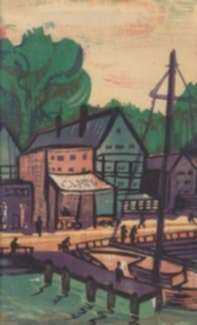Filter by Type
Filter by Category
Filter by Size
Filter by Year
Artists
Works by George Overbury (Pop) Hart
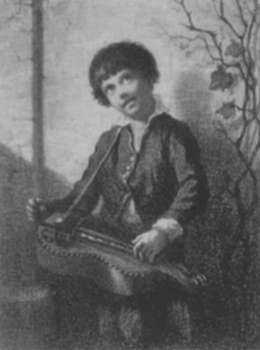
William Morris Hunt
American (1824-1879)
One of the most influential and respected artists in Boston during the late 19th century, William Morris Hunt was a leading proponent of the French Barbizon school of painting, the precursor of Impressionism. He was a landscape, genre, and portrait painter, a highly respected teacher, and widely read writer. His engaging personality combined with his talents to make him the leading arbiter of aesthetics in New England where he was one of the first artists to inject French influence.
Hunt was born in Brattleboro, Vermont and was raised in New Haven, Connecticut. He was from a prominent family that included his brother Richard Morris Hunt, the architect of the Vanderbilt houses "Biltmore" and "The Breakers." William had a lively personality and was considered a witty, non-conforming man who did not stay on the traditional path to academic success.
He attended Harvard University where he studied sculpture with Henry Kirke Brown, but weakened health caused him to leave after his sophomore year to study in Europe. In 1845, he enrolled in the Dusseldorf Academy but feeling weary of academic training went to Paris to study with Antoine-Louis Barye, the animal sculptor, and from 1846 to 1852 with academic and then Barbizon painter, Thomas Couture.
Again rebelling against the rigidity of academia, Hunt gravitated towards the French landscape painters, especially Jean-Francois Millet, who had fled studio painting for Barbizon, a French village. There they depicted rural scenes, usually with peasants, and focused on capturing the naturalness and spontaneity of what they at the time they saw it.
In 1855, Hunt returned to the United States, going first to Newport, Rhode Island and completed a number of sentimental Barbizon-style paintings with cows, obviously innocent children, and virginal-appearing nudes.
In 1862, he moved to Boston where he married the daughter of a wealthy Boston banker and, well-connected socially, much influenced Boston taste as the proponent of Barbizon style painting. Because fellow-Bostonian Seth Vose shared Hunt's appreciation for the Barbizon school, Hunt was a key promoter of Vose as an art dealer.
Hunt frequented rural coastal areas in Massachusetts and became especially associated with Cape Ann and Gloucester. His spontaneous paintings such as "Gloucester Harbor", dated 1877 and now in the Museum of Fine Arts in Boston, were rapidly executed in the manner of Impressionism, which was ground breaking for an American artist. However, he was set apart from his Impressionist successors by his careful attention to composition and execution, and his underlying less-emotional realism.
He also had mural commissions including the capital building at Albany, New York. In 1878, shortly after completing this work, Hunt drowned in circumstances that suggested suicide, something he may have done to relieve his suffering from ill health.
Source:
Matthew Baigell, "Dictionary of American Art"
Michael David Zellman, "300 Years of American Art"
Biography from the archives of AskArt.com
Works by William Morris Hunt
Works by Joseph A. Imhof
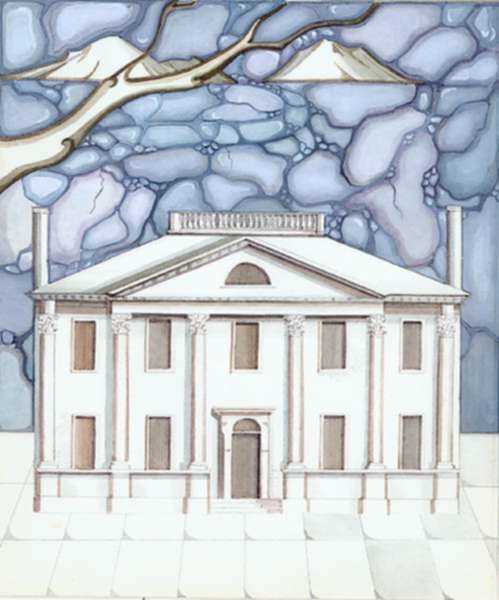
Natalie Hays Hammond
American (1904-1985)
Born in 1904, Natalie Hays Hammond spent most of her early years living in Washington, D.C. She was the daughter of John Hays Hammond, a financially successful engineer who made his fortune working for Cecil Rhodes as his chief mining engineer. She grew up leading the wealthy and privileged life of a socialite and her childhood residence was the mansion which now houses the French Embassy.
Hammond was a world traveler, spoke both medieval and modern French, and during her lifetime amassed a collection of 20,000 books and documents on art, philosophy, English and French history. She was a member of many organizations including the Royal Miniature Society of London, the Japan Society, the American Union of Decorative Arts and Crafts, and the Metropolitan Museum of Art, of which she was a fellow.
During her lifetime, Hammond’s miniatures, drawings, book illustrations, and sculptures were widely exhibited in the United States and in Europe. In the 1930s, she worked with Martha Graham as the designer for the sets for a series of highly acclaimed medieval morality plays. She was a constant worker in painting, watercolor, craft, and design. In 1949, Hammond wrote “Anthology of Pattern” to illustrate her interest in design as symbol before the science of semiotics had explored the way that design conveys meaning. Ancient, Christian, Buddhist, Tibetan, Medieval and other designs were adopted for her own work in paintings and needlework.
Hammond founded the Hammond Museum in North Salem, New York, in 1957, which includes exhibition spaces and a Japanese garden, which she designed. After 1957, she stopped painting, but constantly worked at the needlework designs which were derived from her research in iconography and her book “Anthology of Pattern”.

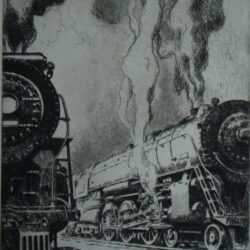
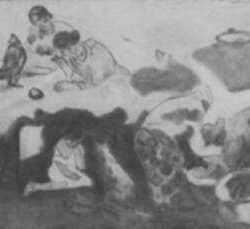
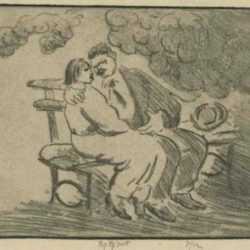
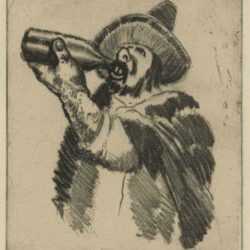
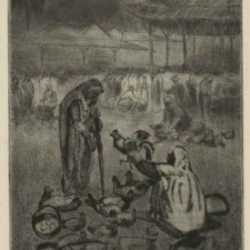
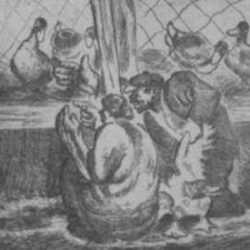
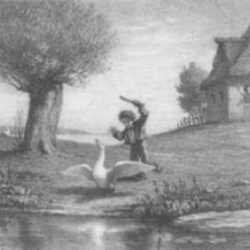
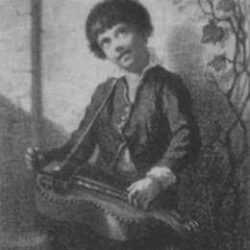
![Print by Alan Crane: Amecameca Pilgrims [Mexico], represented by Childs Gallery](https://childsgallery.com/wp-content/uploads/alan_crane_amecameca_pilgrims__mexico__p2089-10_childs_gallery-209x250.jpg)
![Print by Alan Crane: Winged Fisherman, Mazatlan [Mexico], represented by Childs Gallery](https://childsgallery.com/wp-content/uploads/alan_crane_winged_fisherman__mazatlan__me_p2196-06_childs_gallery-250x250.jpg)
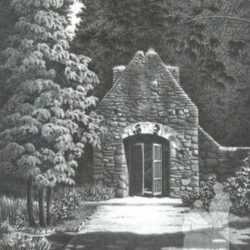
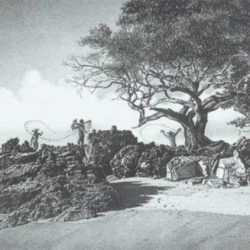
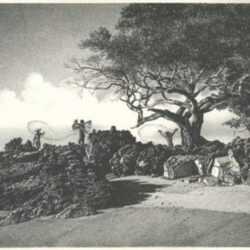
![Print by Joseph A. Imhof: Neiuw Amsterdam [120 Broadway, New York-Time of Dutch], represented by Childs Gallery](https://childsgallery.com/wp-content/uploads/joseph_a._imhof_neiuw_amsterdam__120_broadway__clc11454_childs_gallery-1-250x245.jpg)
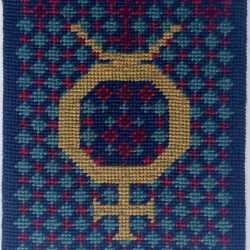
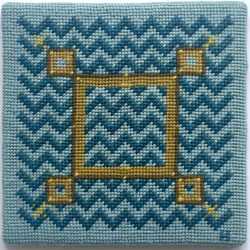

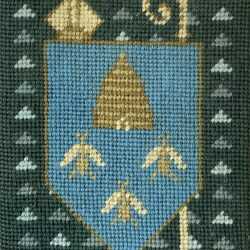







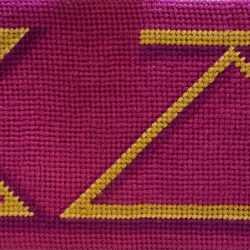
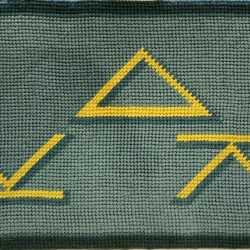
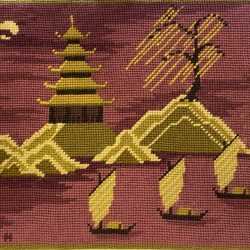
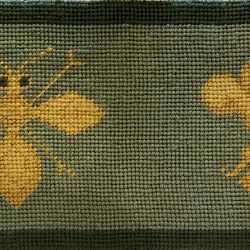
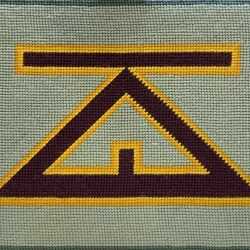
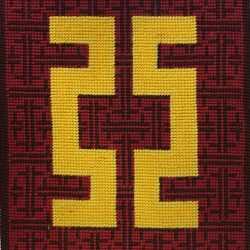
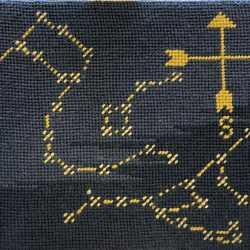
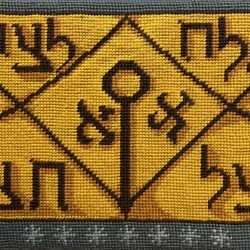
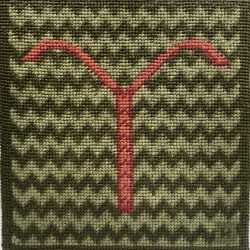
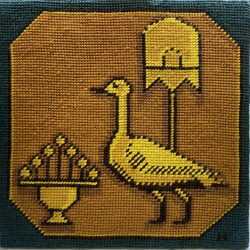
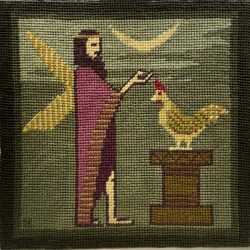
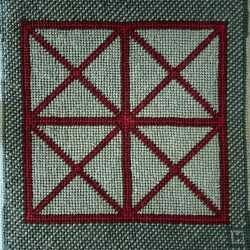
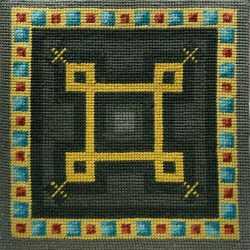
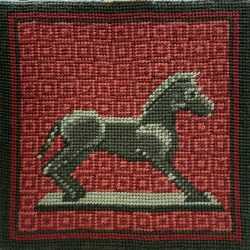
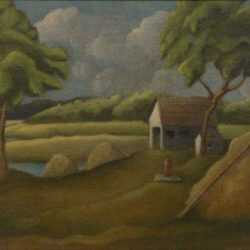
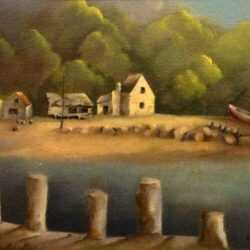
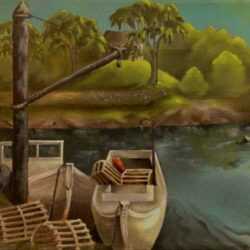
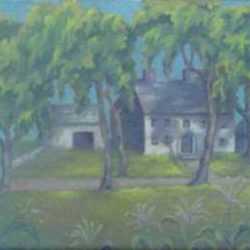
![Painting by Natalie Hays Hammond: [Skeleton Playing Chess], represented by Childs Gallery](https://childsgallery.com/wp-content/uploads/natalie_hays_hammond__skeleton_playing_chess__cgl-x1_childs_gallery-250x250.jpg)
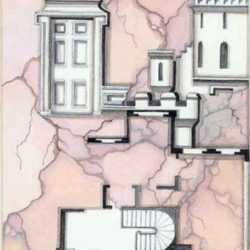
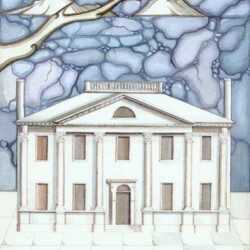
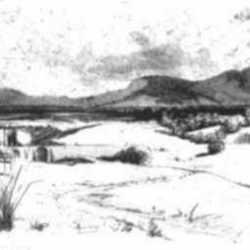
![Print by Cadwallader Washburn: Garden of La Valencia [Mexico], represented by Childs Gallery](https://childsgallery.com/wp-content/uploads/cadwallader_washburn_garden_of_la_valencia__mexico__94-21-03_childs_gallery-1-217x250.jpg)
